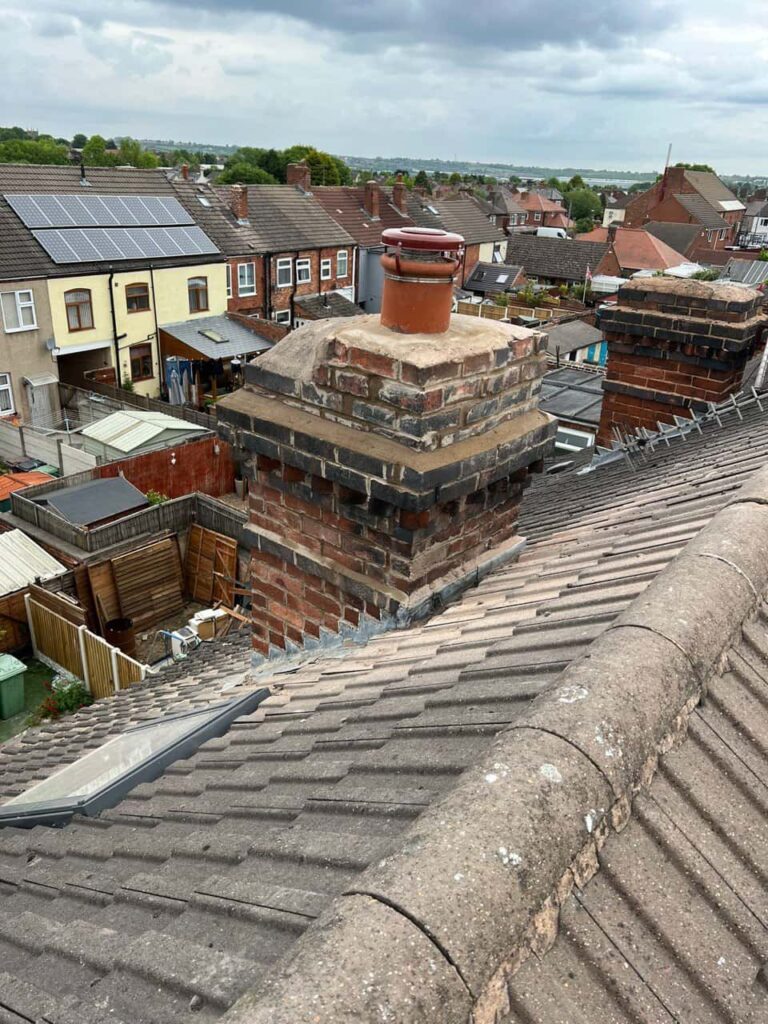Liquid roof coverings have grown in popularity in the roofing industry for their adaptability, durability, and excellent waterproofing properties. Ideal for both flat and low-slope roofs, liquid coatings offer a flexible solution for residential and commercial roofs alike. Here’s everything you need to know about liquid roof coverings, from how they work to their benefits and application process.
What Is Liquid Roof Covering?
Liquid roof covering is a roofing material applied as a liquid to create a seamless, water-resistant membrane. Typically made from high-quality materials like polyurethane, silicone, or acrylic, these coatings form a durable layer that can handle the elements. Once applied, the liquid cures into a solid state, offering robust protection against leaks, UV rays, and general weathering.
Why Choose Liquid Roof Covering?
The benefits of liquid roof covering are numerous, making it an excellent choice for various roofing needs:
- Waterproofing: One of the primary reasons for choosing a liquid roof covering is its ability to form a seamless, waterproof barrier. This is especially valuable for flat roofs, which are more susceptible to pooling and leaks.
- Flexibility: Unlike rigid roofing materials, liquid coatings are flexible, allowing them to expand and contract with temperature changes without cracking or peeling.
- Durability: These coatings are highly resistant to UV damage, chemical exposure, and general wear, which contributes to a longer lifespan for the roof.
- Energy Efficiency: Some liquid coatings are reflective, which helps reduce heat absorption, keeping buildings cooler in warmer months and reducing energy bills.
- Ease of Application and Maintenance: Liquid roof coverings are relatively easy to apply and maintain. They can often be applied over existing roofing materials, reducing labour and material costs.
Types of Liquid Roof Covering
Different types of liquid roof coatings cater to various needs, so it’s essential to choose the right type for your property:
- Acrylic Coatings: Ideal for warmer climates, acrylic coatings are highly reflective and cost-effective. However, they may be less durable in colder weather.
- Silicone Coatings: Known for their excellent water resistance and UV stability, silicone coatings are perfect for areas with high humidity or frequent rain. They are durable but may attract dirt, requiring periodic cleaning.
- Polyurethane Coatings: These coatings are highly durable and resilient, making them suitable for roofs with high foot traffic. Polyurethane is also resistant to abrasions and ponding water.
The Application Process of Liquid Roof Covering
Applying liquid roof covering is a specialised process that should ideally be undertaken by roofing professionals to ensure a seamless, effective finish. Here is an overview of the typical application process:
- Inspection and Preparation: Before applying the liquid roof covering, a thorough inspection of the existing roof is essential to identify any damage, dirt, or loose debris. Cleaning the surface and making necessary repairs ensure proper adhesion.
- Priming the Roof: Depending on the type of roof and the liquid coating used, a primer may be required. Priming enhances the bonding between the coating and the roof surface.
- Application of the Liquid Coating: Using a roller or spray equipment, the liquid is evenly applied over the roof. A professional application ensures even coverage and prevents future leaks.
- Curing and Setting: After application, the coating is left to cure, which may take from a few hours to a few days, depending on the product used and environmental conditions. During this time, it is best to avoid foot traffic on the roof.
- Final Inspection and Maintenance Tips: Once the coating has set, a final inspection confirms the roof’s integrity. Professionals often provide maintenance recommendations to ensure the coating’s longevity.
Frequently Asked Questions About Liquid Roof Covering
1. Is liquid roof covering suitable for all roof types?
- Liquid roof covering is ideal for flat and low-slope roofs. However, it can be applied to some pitched roofs, depending on the specific product and application technique.
2. How long does liquid roof covering last?
- With proper installation and maintenance, liquid roof coatings can last 10-20 years, depending on the product and environmental conditions.
3. Can liquid roof covering be applied over an existing roof?
- Yes, liquid coatings are often applied over existing materials, which can save time and costs. However, it is crucial to repair any significant damage before application.
4. Is liquid roof covering eco-friendly?
- Many liquid coatings are environmentally friendly, especially reflective types that help reduce energy consumption. Certain products are also low in volatile organic compounds (VOCs).
5. How much does liquid roof covering cost?
- The cost varies based on the product, roof size, and labour. While it may have a higher upfront cost, the longevity and durability often make it a cost-effective solution.
6. Does it require regular maintenance?
- Liquid coatings require minimal maintenance but should be checked annually for any signs of wear or dirt build-up. Clean the surface periodically to ensure maximum reflectivity and durability.
7. How does liquid roofing perform in extreme weather?
- Liquid coatings are designed to handle various climates, but specific types may be better suited to extreme heat, cold, or humidity. For instance, silicone is excellent in wet climates, while polyurethane handles heavy foot traffic well.
8. Can I apply liquid roof covering myself?
- While DIY kits are available, professional installation is recommended to ensure an even, leak-proof application. Professionals also assess whether priming or repairs are needed.
9. What’s the drying time for liquid roof covering?
- Drying times vary based on the coating type and weather, generally taking a few hours to a day. Humidity and temperature can affect curing times.
10. Is liquid roof covering worth the investment?
- Given its durability, water resistance, and potential energy savings, liquid roof covering is often an excellent investment, especially for flat roofs.
Conclusion
Liquid roof covering offers a highly effective, long-lasting solution for roof protection, making it an excellent choice for properties in need of durable waterproofing. By selecting the right type of liquid coating and ensuring professional application, property owners can enjoy a robust, low-maintenance roofing solution that withstands the elements while providing significant energy efficiency.
At Clay Cross Roofing Repairs, we offer expert guidance on selecting the best liquid roof covering to meet your needs. Contact us to schedule a consultation or learn more about our comprehensive roofing solutions. Let us help you protect and enhance your property with high-quality, professional roofing services.
Call us on: 01246 956 398
Click here to find out more about Clay Cross Roofing Repairs
Click here to complete our contact form and see how we can help with your roofing needs.

